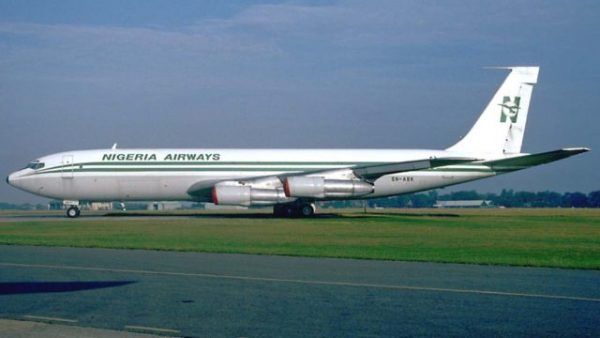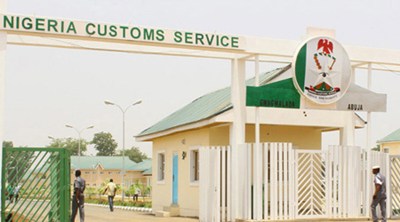Lessons for Nigeria Air as Uganda revives national carrier

Nigeria’s quest to float a new national carrier can draw some lessons from Uganda that has within a short period relaunched its national carrier.The Uganda Airlines was liquidated in 2001, some three years before Nigeria Airways also bit the dust. But the East African carrier has bounced back though slowly but with clear focus on the regional market that is currently dominated by Ethiopian Airlines.Uganda is also banking on its emerging oil industry – and the tourism sector – to generate international traffic to sustain the revitalised airline.
Nigerian national carrier, already christened Nigeria Air was last year put on hold for proper backing in 2019 budget.The proposed airline, now in the procurement phase, will debut this year, as soon as reputable foreign investors and technical partners come onboard.
Over the next two decades, air traffic in Africa is forecast to grow six per cent a year – twice as quickly as in mature markets. But still, most state-owned flag carriers on the continent are losing money. The notable exception is Ethiopian Airlines, which analysts say has avoided the mistakes of other regional carriers by not falling prey to political interference.
“We undertake to be a world-class airline that will exceed customer expectations through high-quality service,” Ugandan Airlines CEO Ephraim Bagenda said at a ceremony on Tuesday at Entebbe International Airport, which lies 40km south of the capital, Kampala, and is the country’s sole international airport.
The airline will initially fly to seven regional destinations in Kenya, Tanzania, Somalia, South Sudan, and Burundi, the CEO said ahead of the inaugural flight to Kenya’s capital, Nairobi.
In November, the airline plans to launch flights to destinations in south and central Africa, he said.Indeed, Uganda Airlines will face stiff competition not only from Ethiopian Airlines, but also from airlines based in Rwanda and Tanzania. Those countries have also poured cash into their flag carriers in the past few years, though with far less success than Ethiopia.
Another rival regional carrier, Kenya Airways, has faced challenges in its efforts to expand. It started generating losses in 2014, after buying a number of aircraft and experiencing a slump in tourism and business travel to Kenya amidst a spate of attacks by Somalia-based fighters.The airline has not recovered and was renationalised in July in what analysts described as a last-ditch effort to save it.
Uganda Airlines, founded by the country’s former dictator Idi Amin in 1976, was liquidated in 2001 during a push to privatise state firms.Its revival will “reduce the cost of air transport and ease connectivity to and from Uganda”, Prime Minister Ruhakana Rugunda said at the ceremony.Ugandans spend about $450m yearly on foreign travel, and the state-owned airline would help keep some of this cash within the national economy, Rugunda said.
Citizens will also benefit from having direct flights originating near their capital instead of having to take expensive, indirect routes on rival airlines, the prime minister said.The airline, apparently starting small, received its first two CRJ900 planes from Canadian aircraft manufacturer Bombardier in April. Two more of those planes are expected next month, according to the airline.
It expects to receive one Airbus A330neo in late 2020, then a second in early 2021. The CEO said in July that the two wide-body planes will enable the airline to expand to destinations in the Gulf and China.
Each Bombardier cost around $27m, while the carrier will pay about $110m for each of the Airbus aircraft.The airline is wholly funded by the Ugandan government, but hopes to be self-financing after two years, the CEO said.
The Federal Government budgeted N47 billion for the Nigeria Air in the 2019 budget. The latest figure was an upscale from N8.7 billion initially proposed for the project in the 2019 Appropriation Bill, and N3.2 billion originally planned as part-payment of FG’s five per cent stake in the proposed airline.







